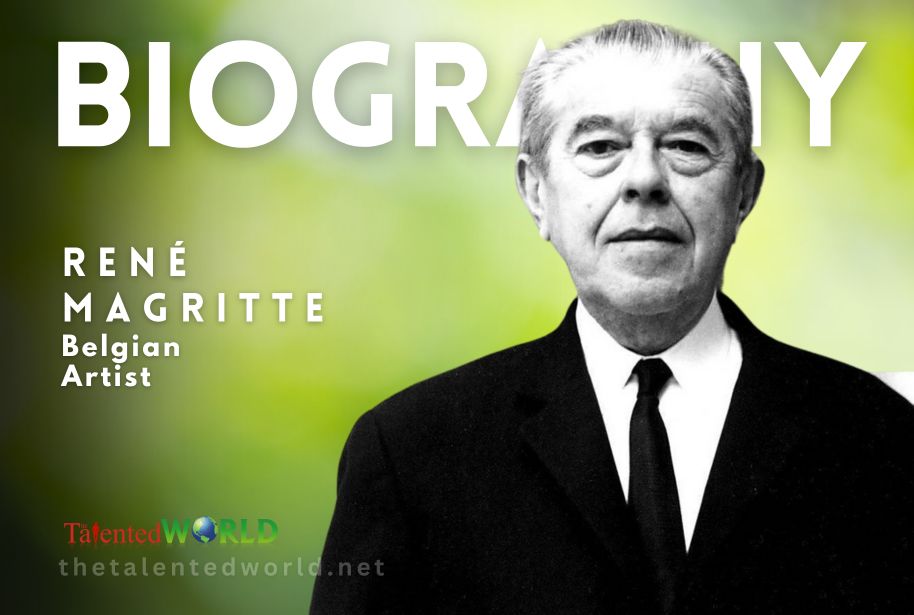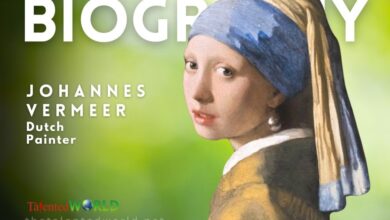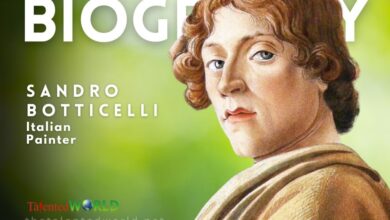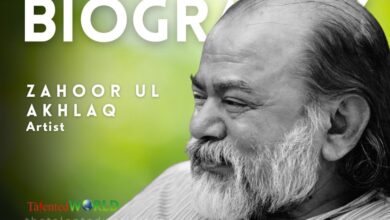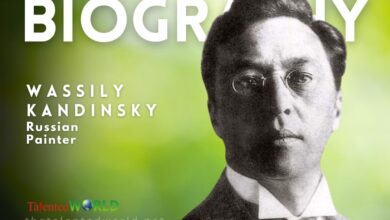| Full Name | René François Ghislain Magritte |
| Birthdate | 21 November 1898 |
| Birthplace | Lessines, Belgium |
| Date of Death | 15 August 1967 |
| Place of Death | Brussels, Belgium |
| Occupation | Painter |
| Known for | Depictions of familiar objects in unfamiliar contexts, surrealist art |
| Notable Works | – The Treachery of Images – The Son of Man – The Human Condition – Golconda – The Menaced Assassin |
| Movement | Surrealism |
| Early Life | Born to Léopold Magritte, a tailor and textile merchant, and Régina Bertinchamps; began drawing lessons in 1910; mother died by suicide in 1912, which may have influenced his later works |
